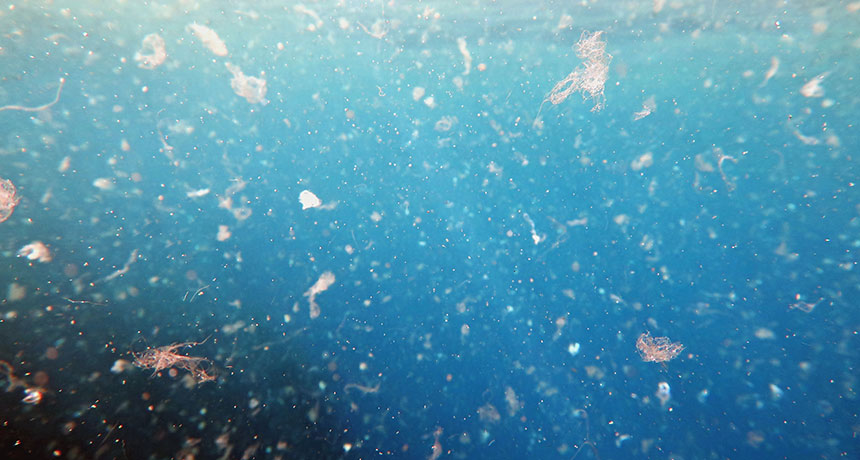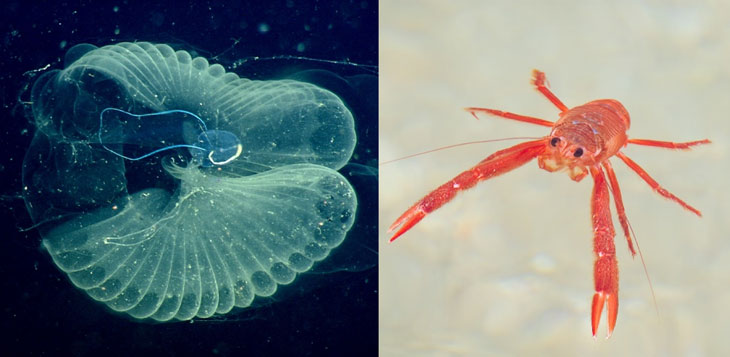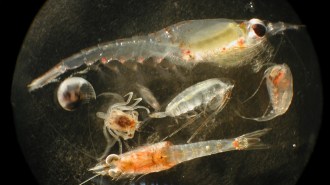Tiny plastic debris is accumulating far beneath the ocean surface
Floating trash patches scratch only the surface of the microplastic pollution problem

MARINE MICROPLASTICS Tiny fragments of trash called microplastics (pictured) are common from the ocean surface to near the seafloor, a study suggests.
Tunatura/shutterstock





